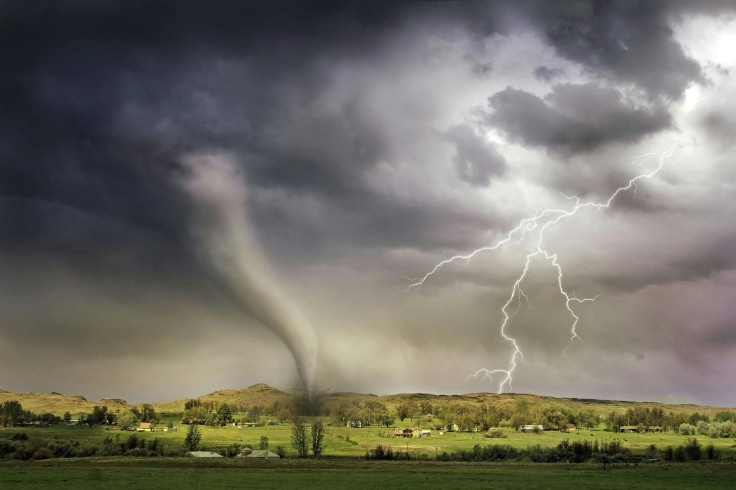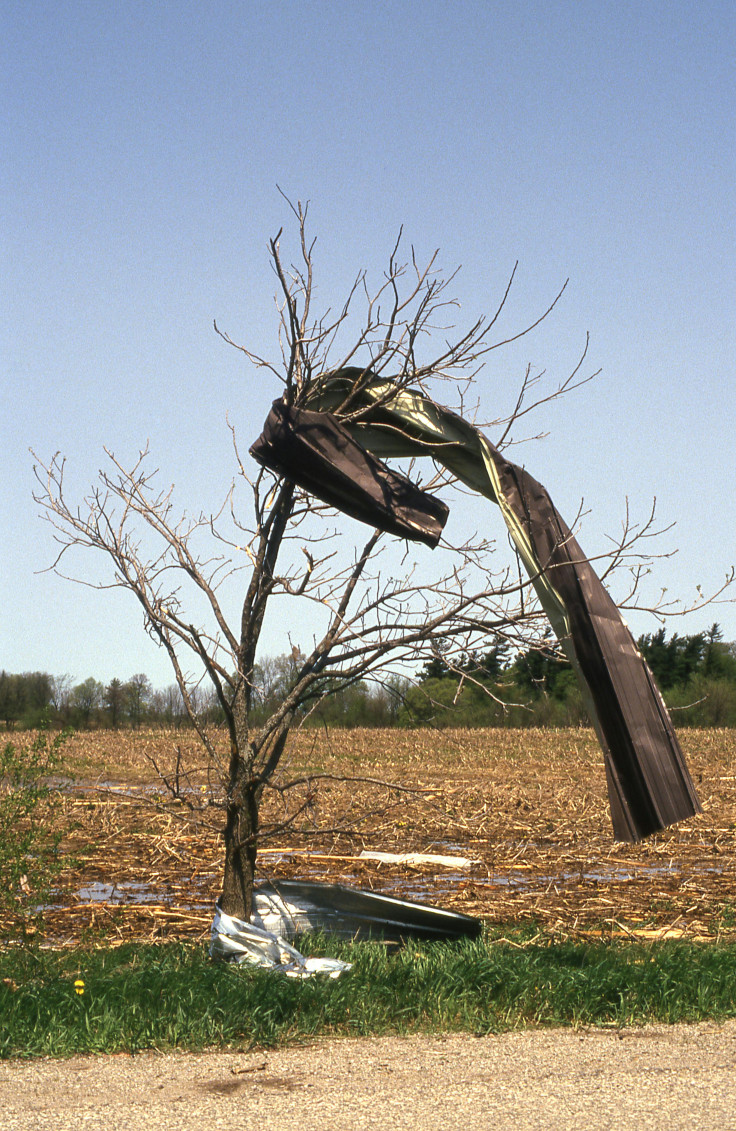
Tornadoes are sudden, violent storms capable of causing severe damage within minutes. Knowing how to stay safe during a tornado is essential for everyone, especially those in vulnerable areas. This guide shares seven crucial, expert-backed tips to help you prepare and protect yourself effectively.
What Tornado Watches and Warnings Mean for Your Safety
Understanding the difference between a tornado watch and a tornado warning is the first step. A watch means conditions are favourable for tornado formation; stay alert. A warning means a tornado has been sighted or detected nearby, requiring immediate action. According to the UK Met Office, recognising these alerts helps you act quickly and stay safe.

How to Organise a Safe Shelter and Emergency Kit That Saves Lives
Preparation is vital. Designating a safe shelter inside your home, ideally a basement or a small, windowless interior room on the lowest floor. Prepare an emergency kit including water, non-perishable food, a torch, spare batteries, a first aid kit and important documents. Practising your plan with family ensures everyone knows how to respond calmly and swiftly.
Why Acting Immediately on a Tornado Warning Could Save Your Life
When a tornado warning sounds, act without delay. Move quickly to your safe shelter. Protect your head with a helmet or thick blankets. The UK Environment Agency warns that staying near windows or in mobile homes is extremely dangerous. If outside with no shelter, lie flat in a low area and cover your head.
Staying Calm: The Key to Protecting Loved Ones During a Tornado
Panic causes mistakes. Calmly guide children and vulnerable family members to safety. One survivor said, 'I held my children close and reassured them, even as the wind rattled the house'. Clear, calm communication can save lives.
Why Remaining in Shelter After the Tornado Passes Is Critical
Don't leave your shelter immediately after the tornado seems to have passed. Tornadoes often occur in clusters. Stay inside until authorities confirm it's safe. Watch out for hazards such as downed power lines and gas leaks. Report any dangers and check on neighbours and family.
How Reliable Weather Updates Keep You One Step Ahead of Danger
Keep a battery-powered radio or use trusted weather apps to receive real-time updates from agencies like the US National Weather Service. Staying informed helps you make safer decisions during severe weather.
Reinforcing Your Home and Teaching Tornado Safety Builds Confidence
If you live in a tornado-prone area, consider installing a storm shelter. Teaching children tornado safety and practising drills reduces fear and prepares families to respond calmly. An expert advises, 'Families who practise together feel more confident and less scared during storms'.
@marchfamilyshops Preperation tips for hurricane milton part 2. #hurricane #milton #huricanemilton #florida #floridalife #tips #lifehacks #safety #safetytips
♬ original sound - Billy_BA
Why Proper Tornado Preparedness Reduces Injury Risks
According to FEMA, most tornado injuries happen when people do not seek proper shelter or underestimate the danger. Data from the National Weather Service shows that proper sheltering reduces injuries by up to 70%.
In 2023, the US recorded over 1,200 tornadoes, causing billions of pounds in damages. Investing in a safe room costing between £3,000 and £10,000 ($3,600–$12,000) can protect homes that might otherwise face average damage costs exceeding £120,000 ($144,000).
Emergency kits costing as little as £50 ($60) can provide essential supplies to survive for 72 hours after a disaster.







